Farnborough's aeronautical history began in 1905 with the arrival of HM Balloon Factory in 1905, headed by Lt Col J.L.B. Templer. In 1908, the first powered aeroplane flight in Great Britain took place here, piloted by Samuel Cody. In 1912, Lord Trenchard established the first headquarters of the Royal Flying Corps and in 1918 the Royal Aircraft Establishment was founded.
UK
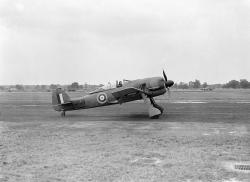

The Rainhill Trials were an important competition in the early d
This bridge is recognized as the first iron bridge in the world. This rural region of England was an important industrial area thanks to coal deposits near the surface. In 1776 the nearest bridge that enabled people and goods to pass over the River Severn was two miles away at Buildwas. There was a ferry crossing, but the trip was difficult and dangerous especially in winter. In 1776, an Act to build a bridge to remedy this situation received Royal Assent.

It took 22 years to complete the 35-mile waterway, as funding problems caused the work to shut down from 1777 to 1785.
The notion of creating a canal that crossed Scotland was conceived in the 17th century during the reign of Charles II, but would not be realized for nearly 100 years. The Forth and Clyde Canal, known as The Great Canal in its early years, was the first major transportation project in Scotland and the world's first man-made, sea-to-sea ship canal.

"The majestic Forth Bridge ... symbolises the tremendous achievements of Victorian engineers and the immense strides made in the technique of bridge design and construction since the dawn of the Railway Age..."
- Derrick Bennett, Bridges: Great Buildings of the World
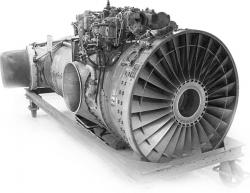
Bristol State: BC Zip: BS34 7QE Country: UK Website: http://www.asme.org/about-asme/history/landmarks/topics-a-l/air-and-space-transportation/--168-pegasus-3-engine-bs-916-%281960%29, https://www.asme.org/getmedia/f2e04cf6-f24f-4633-bb2f-ef61c5deb500/168-Pegasus-3-Engine-BS-916.aspx Creator: Bristol Aero-Engines Ltd. (now part of Rolls-Royce), Hooker, Stanley
The Pegasus 3 is the earliest surviving example of the prototype engine for vertical/short takeoff and landing (V/STOL) jets, namely the Royal Air Force's Harriers and US Marine Corps' AV-8Bs. Owned by the Rolls- Royce Heritage Trust (a company-sponsored history and preservation society), the artifact is an early developmental model of the Pegasus 3 engine, the first to fly with sufficient thrust to prove the vectored-thrust concept for V/STOL jet aircraft, in 1960.

The Turbinia was the world's first turbine-driven ship. It attracted worldwide attention at the 1897 Spithead Naval Review by traveling more than 34 knots. This remarkable performance accelerated the acceptance of the steam turbine as an alternative to the steam reciprocating engine on ships as well as for central electric light and power stations. Sir Charles A. Parsons (1854-1931) invented (1884), developed, and promoted the steam turbine, as well as the design of the Turbinia. For this, he is considered among the outstanding technological innovators of all time.
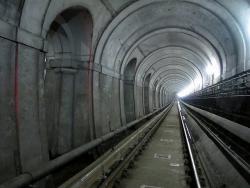
By the turn of the 19th century, London's streets were clogged with traffic. Over 3,700 passengers used the Thames River's main boat crossing each day, while wagons and carts were forced to cross via the London Bridge, two miles away. Building a bridge would further impede shipping on the already-crowded Thames; a tunnel was the obvious alternative.
The first attempt at a tunnel in the present location began in 1807. The excavation had proceeded only 1,000 feet-using traditional mining methods-when crews reached a layer of quicksand and were forced to stop.

Built between 1819 and 1826, the Menai Bridge was the major structure on Britain's strategically important Holyhead Road connecting London with Holyhead and by sea to Ireland. Designed by Thomas Telford, the bridge's main span was 579 feet from tower to tower, the longest that had ever been attempted at this time. He used four sets wrought-iron eyebars to suspend the deck. These were made by William Hazledine at his Upton forge near Shrewsbury. Each bar was carefully tested in his Coleham shops before being pinned together and lifted into place.

The innovative SS Great Britain, launched in 1843, was the first iron-hulled, screw-propelled ship to cross any ocean and led mercantile history into British domination in the late nineteenth century. Standard practice of naval and merchant ship construction derived from this ship. The compartmented hull, unprecedented 1,500-horsepower engine with chain drive, and many other seminal features were the designs of Isambard Kingdom Brunel. New design features included a balanced rudder, an electric log, a double bottom, and water-tight bulkheads.
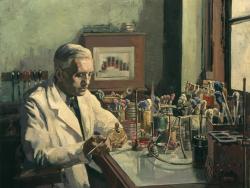
The introduction of penicillin in the 1940s, which began the era of antibiotics, has been recognized as one of the greatest advances in therapeutic medicine. The discovery of penicillin and the initial recognition of its therapeutic potential occurred in the United Kingdom, but, due to World War…
Read More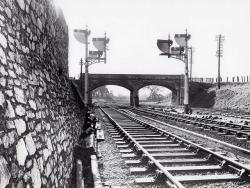
In the early 1830s, the merchants of Bristol, long dissatisfied with their communication with London, began to wonder if the new railroad technology might be a solution to their problem. The Bristol Chamber of Commerce, the Merchant Adventurers and other local industrial bodies formed a…
Read More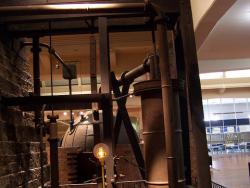
The unprecedented innovation of the steam-atmospheric engine by Thomas Newcomen (1663-1729) of Dartmouth and his assistant John Calley stands at the beginning of the development of practical thermal prime movers in the early years of the eighteenth century. Spreading through Europe and then to…
Read More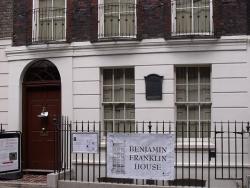
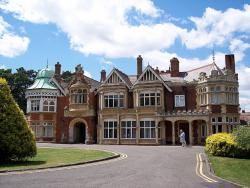

When a new road bridge was constructed alongside it, plans were made to demolish the Conwy Suspension Bridge. There was a national outcry and, since 1958, the bridge has been in the care of the National Trust and closed to vehicular traffic.
Designed by Thomas Telford in the…

Built by Robert Stephenson to carry the Chester and Holyhead Railway across the River Conwy, this bridge was erected between 1846 and 1848. It consists of a single span 400 feet long, formed by two parallel rectangular wrought iron tubes, each weighing 1300 tons. Masonry towers were built on the…
Read More
This elegant cast iron arch bridge designed by Scotland's famous Thomas Telford was built from 1812 to 1814. It is the earliest surviving example of a portable lattice-braced standard type that Telford developed for use at wide and deep water crossing sites unsuitable for masonry spans…

An early image of the James Douglass lighthouse, with the stump of the Smeaton-designed building beside it.
Eddystone Lighthouse is located in the English Channel, 14 miles south of Plymouth, England. The reef upon which it stands was the source of many shipwrecks... and…

The innovative SS Great Britain, launched in 1843, was the first iron-hulled, screw-propelled ship to cross any ocean and led mercantile history into British domination in the late nineteenth century. Standard practice of naval and merchant ship construction derived from this ship. The…
Read More
Built between 1819 and 1826, the Menai Bridge was the major structure on Britain's strategically important Holyhead Road connecting London with Holyhead and by sea to Ireland. Designed by Thomas Telford, the bridge's main span was 579 feet from tower to tower, the longest that had ever been…
Read More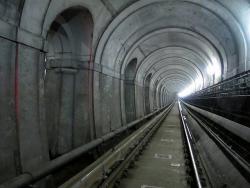
By the turn of the 19th century, London's streets were clogged with traffic. Over 3,700 passengers used the Thames River's main boat crossing each day, while wagons and carts were forced to cross via the London Bridge, two miles away. Building a bridge would further impede shipping on the…
Read More
The Turbinia was the world's first turbine-driven ship. It attracted worldwide attention at the 1897 Spithead Naval Review by traveling more than 34 knots. This remarkable performance accelerated the acceptance of the steam turbine as an alternative to the steam reciprocating engine on ships as…
Read More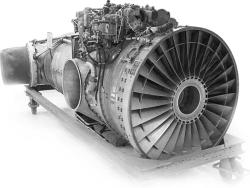
The Pegasus 3 is the earliest surviving example of the prototype engine for vertical/short takeoff and landing (V/STOL) jets, namely the Royal Air Force's Harriers and US Marine Corps' AV-8Bs. Owned by the Rolls- Royce Heritage Trust (a company-sponsored history and preservation society), the…
Read More
"The majestic Forth Bridge ... symbolises the tremendous achievements of Victorian engineers and the immense strides made in the technique of bridge design and construction since the dawn of the Railway Age..."
- Derrick Bennett, Bridges: Great Buildings of the World
Throughout…
Read More
It took 22 years to complete the 35-mile waterway, as funding problems caused the work to shut down from 1777 to 1785.
The notion of creating a canal that crossed Scotland was conceived in the 17th century during the reign of Charles II, but would not be realized for nearly 100…
This bridge is recognized as the first iron bridge in the world. This rural region of England was an important industrial area thanks to coal deposits near the surface. In 1776 the nearest bridge that enabled people and goods to pass over the River Severn was two miles away at Buildwas. There…
Read More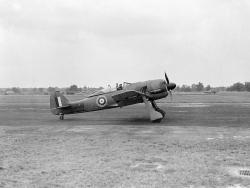
Farnborough's aeronautical history began in 1905 with the arrival of HM Balloon Factory in 1905, headed by Lt Col J.L.B. Templer. In 1908, the first powered aeroplane flight in Great Britain took place here, piloted by Samuel Cody. In 1912, Lord Trenchard established the first…
Read More


